The Mustard Chronicles: 7 Hilariously Spicy Secrets of Indian Mustard You Never Knew Existed!
Table of Contents
- Introduction to the World’s Most Underestimated Spice
- A Brief History: From Ancient Texts to Modern Tables
- Types of Indian Mustard Seeds – Because Not All Mustards Are Created Equal
- Cooking with Indian Mustard: Tips, Tricks & a Dash of Humor
- Health Benefits and Myth Busting: Is Mustard Your Secret Weapon?
- Indian Mustard Goes Global: A Comparative Table of Mustard Traditions Worldwide
- 5 Fun Facts About Indian Mustard That’ll Make You the Life of the Party
- Conclusion: Why This Tiny Seed Deserves a Big Spotlight
Introduction to the World’s Most Underestimated Spice
If you thought mustard was just that yellow paste squeezed from a plastic bottle at hot dog stands, think again. Indian mustard—known as Sarson or Rai in Hindi—is an ancient spice with a flavor punch so strong it could probably start a fight between your taste buds and your brain.
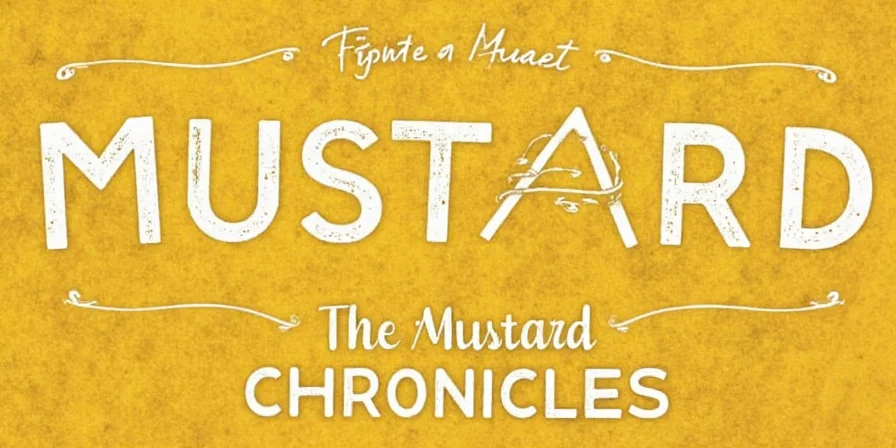
From tempering curries to marinating meats, this humble seed has been playing hide-and-seek in Indian kitchens for centuries. But what makes it different from its European or American cousins? Buckle up, because we’re diving deep into the world of Indian mustard like never before.
A Brief History: From Ancient Texts to Modern Tables
Did you know that mustard is one of the oldest spices known to humankind? References to its use date back over 5,000 years in Sanskrit texts. Ayurvedic practitioners revered it not only for its heat but also for its medicinal properties. Fast forward to today, and it's still a staple in Indian households, especially during harvest festivals like Pongal and Makar Sankranti.
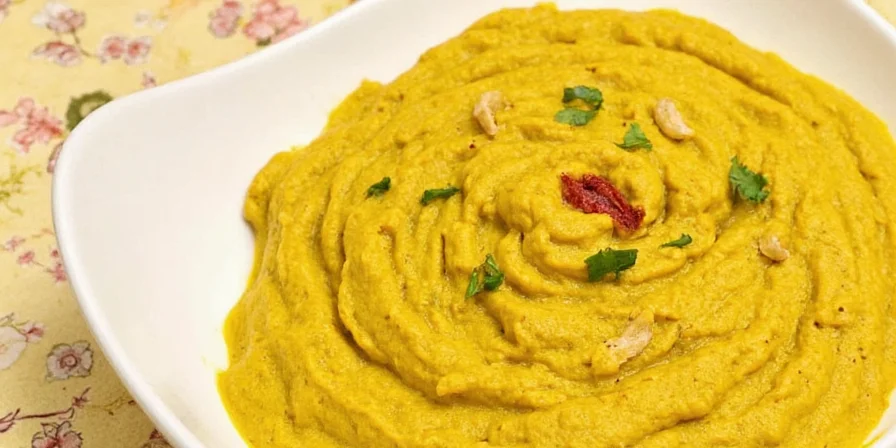
In many parts of India, particularly Punjab and West Bengal, mustard oil is used both in cooking and for massaging newborn babies—yes, really. The belief is that it helps in strengthening muscles and boosting immunity. Now that’s a multipurpose spice if I ever saw one.
Types of Indian Mustard Seeds – Because Not All Mustards Are Created Equal
There are three main types of mustard seeds commonly found in India:
- Black Mustard (Brassica nigra): The most pungent and fiery variety. Used extensively in South Indian cuisine, especially in pickles and spice blends.
- Brown Mustard (Brassica juncea): Commonly grown in North India. It has a balanced heat level and is the go-to for everyday tempering (tadka).
- White/Yellow Mustard (Brassica hirta): Milder than the other two, often mixed with turmeric to create that classic ‘yellow mustard’ look.
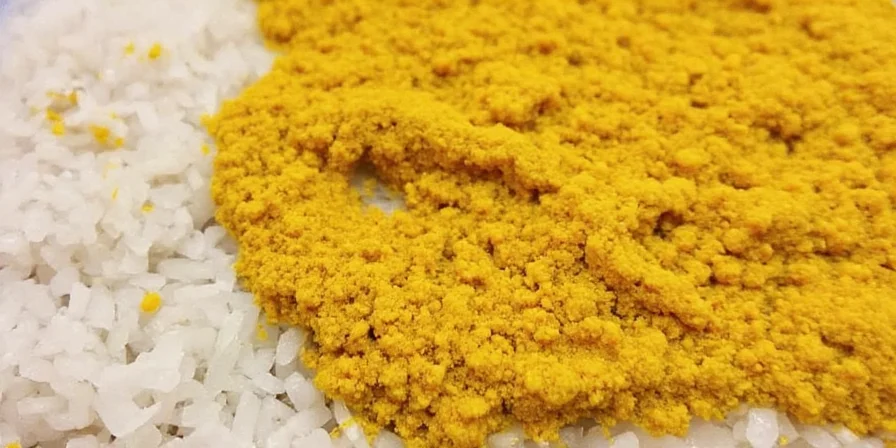
Here’s a quick table comparing their heat levels and usage:
| Type | Heat Level (on a spicy scale of 1–10) | Common Usage |
|---|---|---|
| Black Mustard | 8/10 | Pickles, Chutneys, Temple Offerings |
| Brown Mustard | 6/10 | Tadka, Dal, Vegetable Stir-fries |
| White/Yellow Mustard | 3/10 | Salads, Dressings, Mild Marinades |
Cooking with Indian Mustard: Tips, Tricks & a Dash of Humor
Cooking with mustard isn’t rocket science—but it’s definitely chemistry. Here are some practical tips to get the most out of this zesty little seed:
- To Toast or Not to Toast? Toast mustard seeds in ghee or oil until they start popping. This unlocks their nutty, earthy aroma. Warning: They might try to escape your pan mid-pop. Catch them if you can.
- Pair It Smartly: Mustard loves company! Pair it with cumin, curry leaves, dried red chilies, and garlic for a flavor explosion. Think of it like forming a superhero squad.
- Mix with Curd: In South Indian cooking, mustard seeds are ground with coconut, green chilies, and tamarind to make fiery chutneys. Try adding a pinch to your raita—it’ll wake up your taste buds faster than your morning coffee.
- Oil It Up: Mustard oil needs a special mention. It has a high smoke point, making it ideal for deep frying. But remember: Always heat it properly before using, or it might release a pungent compound that smells suspiciously like regret.
- Marinade Magic: Add crushed mustard seeds to your next chicken marinade. The enzymes help tenderize the meat while infusing it with warmth and spice.
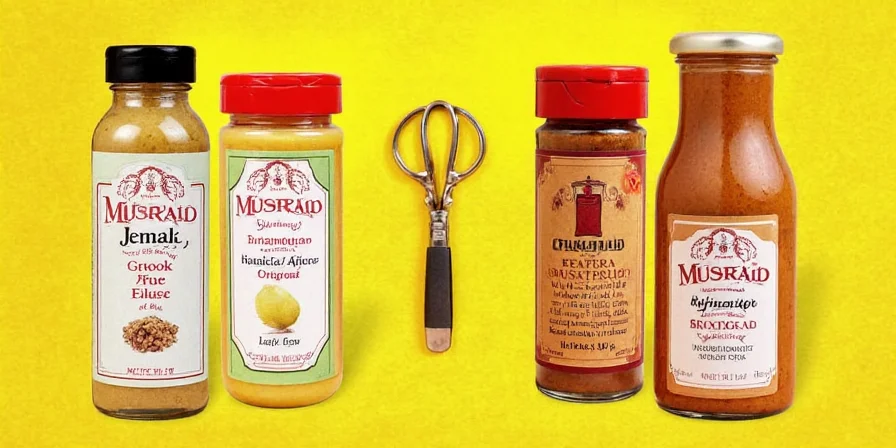
Health Benefits and Myth Busting: Is Mustard Your Secret Weapon?
Forget expensive supplements—your spice rack might be hiding the real treasure. Here’s what science says about mustard:
- Anti-inflammatory Powerhouse: Mustard contains compounds like sinigrin, which may reduce inflammation and support joint health.
- Detoxifying Agent: Some studies suggest that mustard aids liver detoxification by stimulating enzyme activity.
- Metabolism Booster: Capsaicin-like compounds in mustard can give your metabolism a gentle nudge.
- Skin Health: Mustard oil is rich in antioxidants and essential fatty acids. Some traditional practices use it for treating skin conditions like eczema.
But let’s not get carried away here. While mustard is healthy in moderation, don’t start drinking it straight from the jar. That would be… questionable, at best.
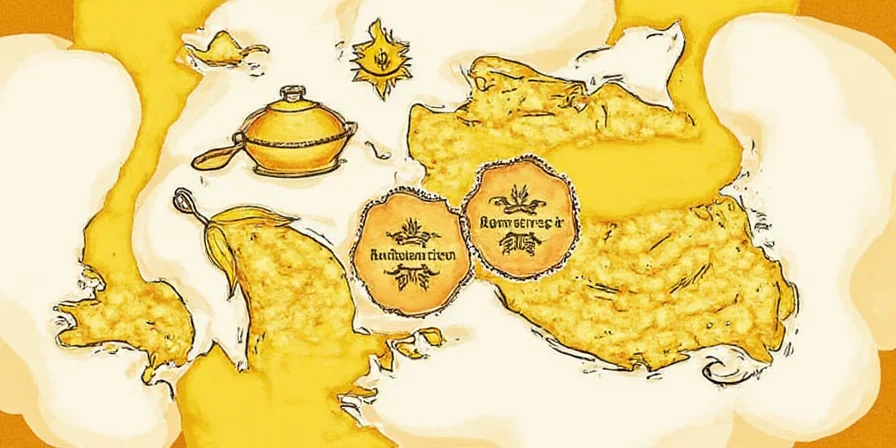
Indian Mustard Goes Global: A Comparative Table of Mustard Traditions Worldwide
While Indian mustard holds a special place in the subcontinent, let’s take a moment to compare how other cultures have adopted mustard into their culinary traditions:
| Country | Mustard Type Used | Traditional Use | Spice Comparison |
|---|---|---|---|
| India | Black/Brown Mustard | Tadka, Pickles, Chutneys | Spicier, Earthy, Nutty |
| France | White Mustard | Dijon Mustard, Salad Dressings | Mild, Tangy |
| USA | Yellow Mustard | Hot Dogs, Sandwiches | Mild, Vinegary |
| China | Brown Mustard | Szechuan Hot Pots, Pickled Mustard Stems | Fiery, Umami |
| Germany | White Mustard | Meat Sauces, Pretzel Dips | Smooth, Sweetish |
Clearly, when it comes to mustard, Indians aren't just players—we're leading the league with intensity, depth, and flavor diversity.
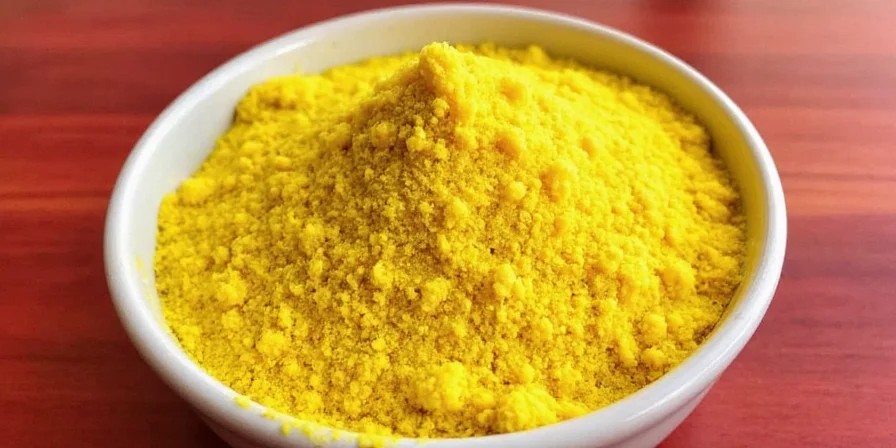
5 Fun Facts About Indian Mustard That’ll Make You the Life of the Party
- Mustard is one of the five sacred spices used in Hindu rituals, often included in offerings to deities during festivals.
- During the harvest festival of Lohri in Punjab, people throw mustard seeds into bonfires as a symbol of letting go of negativity.
- Mustard is believed to ward off evil spirits in some rural communities. If someone visits your home with bad vibes, just hand them a handful of seeds and say, “Here, absorb this.”
- In ancient times, mustard was considered a luxury item and was sometimes used as currency or dowry gifts.
- Mustard can be used as a natural dye. Boil mustard seeds with turmeric and voila—you’ve got yourself a golden hue for fabrics or Easter eggs!
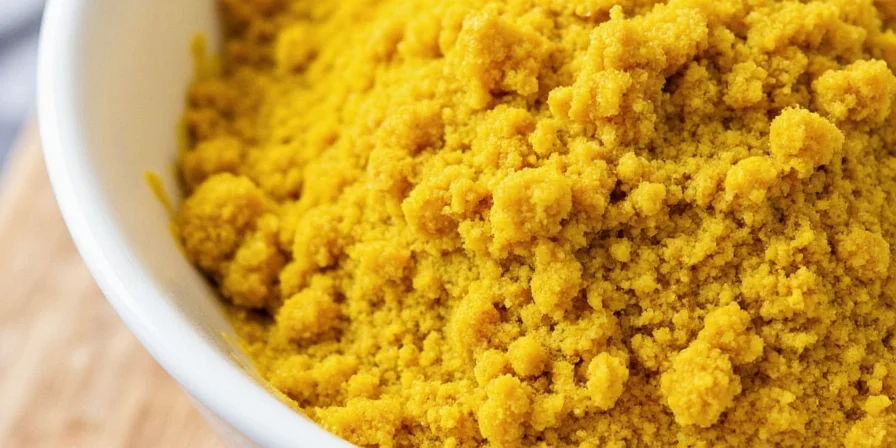
Conclusion: Why This Tiny Seed Deserves a Big Spotlight
So there you have it—a journey through history, science, culture, and kitchen hacks centered around one mighty tiny seed: Indian mustard. Whether you’re stir-frying vegetables, fermenting pickles, or just trying to spice up your weeknight dal, mustard deserves more love, respect, and shelf space.
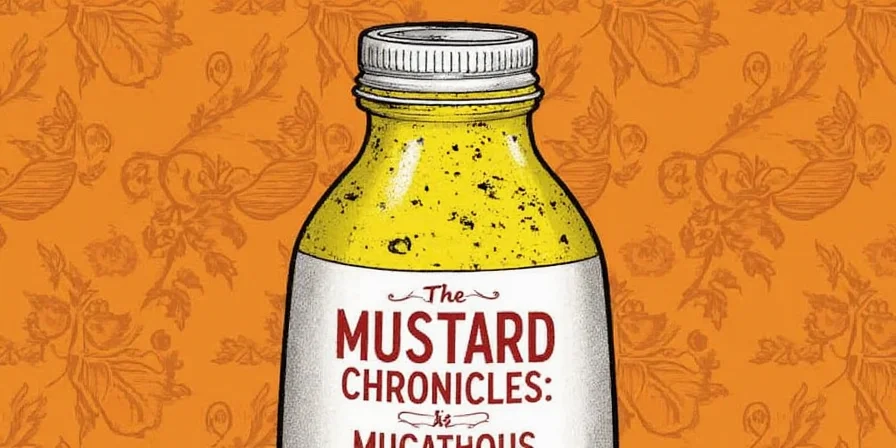
Don’t underestimate the power of these small seeds—they pack more heat, history, and heart than most spices on the block. So next time you reach for that salt shaker, maybe toss in a few mustard seeds too. Who knows? You might just spark a culinary revolution in your own kitchen.

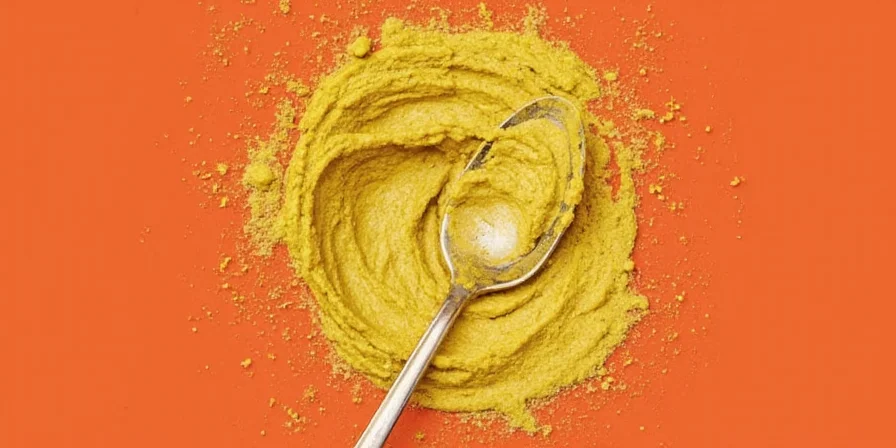









 浙公网安备
33010002000092号
浙公网安备
33010002000092号 浙B2-20120091-4
浙B2-20120091-4